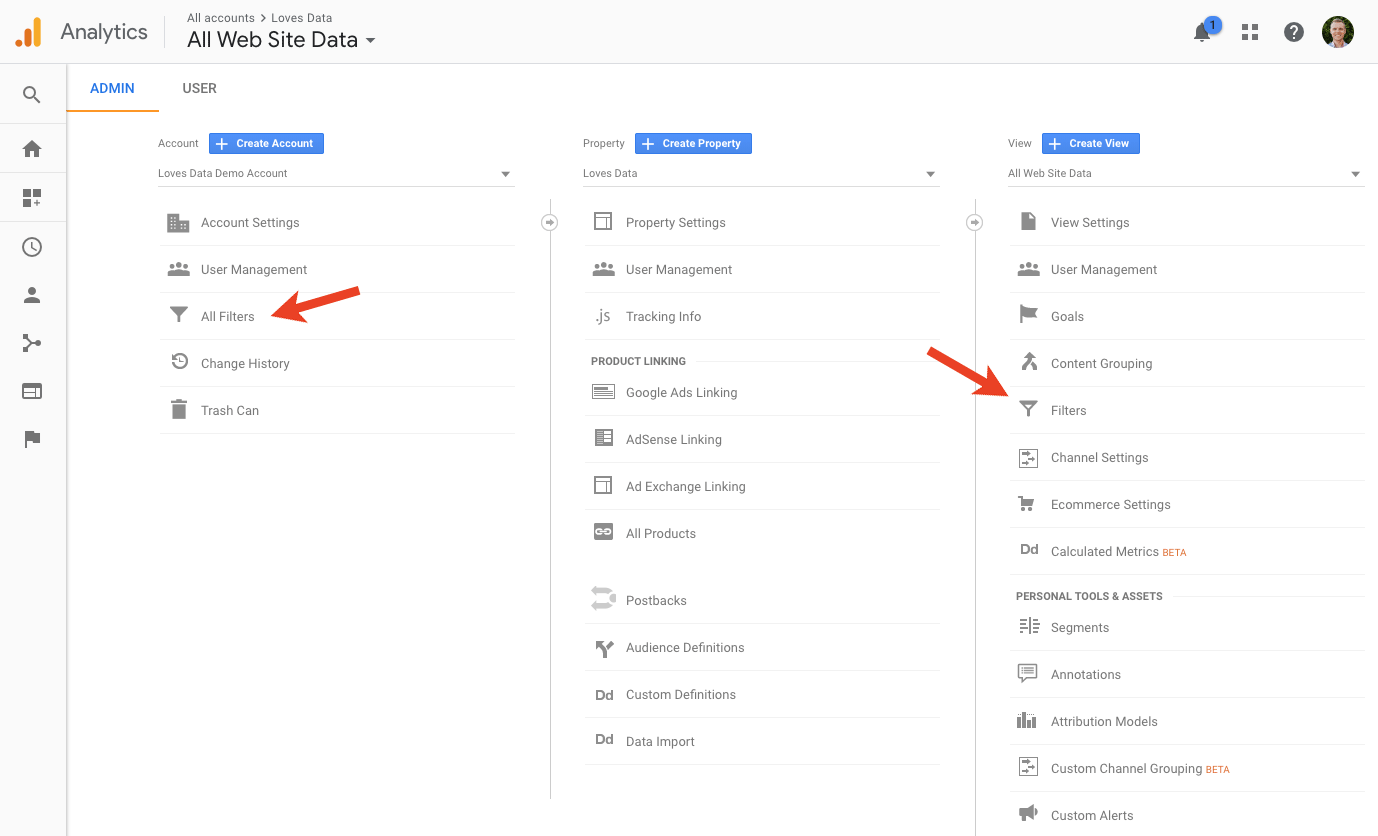In Which Order Does Google Analytics Filter Data Can Be Fun For Anyone
Table of ContentsNot known Details About In Which Order Does Google Analytics Filter Data Not known Details About In Which Order Does Google Analytics Filter Data Examine This Report about In Which Order Does Google Analytics Filter DataAn Unbiased View of In Which Order Does Google Analytics Filter Data
In this blog, I am going to cover some of the standard (as opposed to more personalized) filterings system everybody can make use of to segment their data. We make use of these filters to make sure our data is legitimate, to cleanse up the data, as well as to locate out where the data is coming from.
1 you can go into 192 . 1 If you are leaving out a range of IP addresses, utilize a regex pattern that covers the whole array in one statement. Select which Views you would such as to apply this filter as well, after that add them to the Selected views list.
The details filter you require to relate to this view resembles the one above, however this moment pick the Include option as the Filter Type (In Which Order Does Google Analytics Filter Data). Remember that you ought to just utilize one consist of filter for a dimension.: Consist of Internal IP: Custom-made > Include: IP Address: Make use of a regex pattern to include all your internal IP addresses Select the views to apply this filter to This is among the very best filters you can make
The 3-Minute Rule for In Which Order Does Google Analytics Filter Data
example.com, backend. example.com, and also phase. example.com you would get in dev . example . com$backend . instance . com$stage . instance . com$ in this area (or some comparable Regex). This filter is especially crucial if you are applying a cross-domain monitoring system. It would add the hostname to the start of the Demand URI for each pageview hit, and afterwards overwrite the Request URI with this brand-new style.
Instance. com as well as instance. com. Produce this filter to make the hostnames consistent.: Lowercase Hostname: Custom > Lowercase: Hostname This filter greatly settles the Pages by making all URIs to be lowercase.: Lowercase Request URI: Custom > Lowercase: Request URI The website visitors often use various letter casings for their search terms.
If you see different rows in your All Pages report for the same page paths with or without the tracking slash, you may wish to develop this filter. Keep in mind that this filter must be the filter in the sight as to not conflict with the other configurations.: Append Slash to Demand URI: Custom > Advanced: Select Request URI Get In (/ [a-z, A-Z0-9/ _ -] * [/]$: Select Request URI Get In $A1/ Select Area A Required Select Override Output Field Usage this filter to try to find details and customize it prior to it obtains taped in the aggregated tables.
Use the filter to instance, United States Just View If you're using the prepend hostname filter from above, make sure this filter comes! To segregate natural find out here now website traffic from the other methods of reaching your site, specify this filter as well as apply it to the Organic Only View.
The Greatest Guide To In Which Order Does Google Analytics Filter Data
: Include United States Web Traffic Just: Customized > Include: Country: USA Apply the filter to the US Traffic Just View If there are multiple nations you have an interest in including in a view, go into a pipe "" divided list of them; e. g (In Which Order Does Google Analytics Filter Data). United States, Canada, Mexico Well, there you have it! A grand list of simple filters that can include incredible worth to your analytics account
The majority of matters are determining its metrics in a routine term and digging much deeper analysis. It is so much necessary to have fun with daily metrics as well as information's that align with your organization. It tells you extra stories of each information element. These stories have 3 primary elements which develop" Framework, Questions - QInformation - IAction - Athese three works as the major framework to understand much concerning each story.
At the initial stage what happens is, whether it may be you or for your clients or for your business or for your manager. Initially, you pour enough money to track your website traffic having known you, the customer trip. Later at the end-stage, something occurs after doing advertising or blog here remarketing or whatever, it spits out as even more cash.
You need to likewise know. - Ideal to Accumulate info as well as allows us to gauge the actions. - Made use of to save data.
Unknown Facts About In Which Order Does Google Analytics Filter Data
Four Secret Questions to Know in Google Analytics, Who are my individuals? Currently that we all have a fair concept of what Google Analytics is! Allow's drill deeper to understand concerning the main elements of Google Analytics.
is where we do a great deal of experiments with the data prior to relocating to Manufacturing View. is the emergency sight which is a lot important also if you shed any kind of data. The below revealed are the actions of Easy Information View, In this post, "" will be the demo site to clarify these steps.
